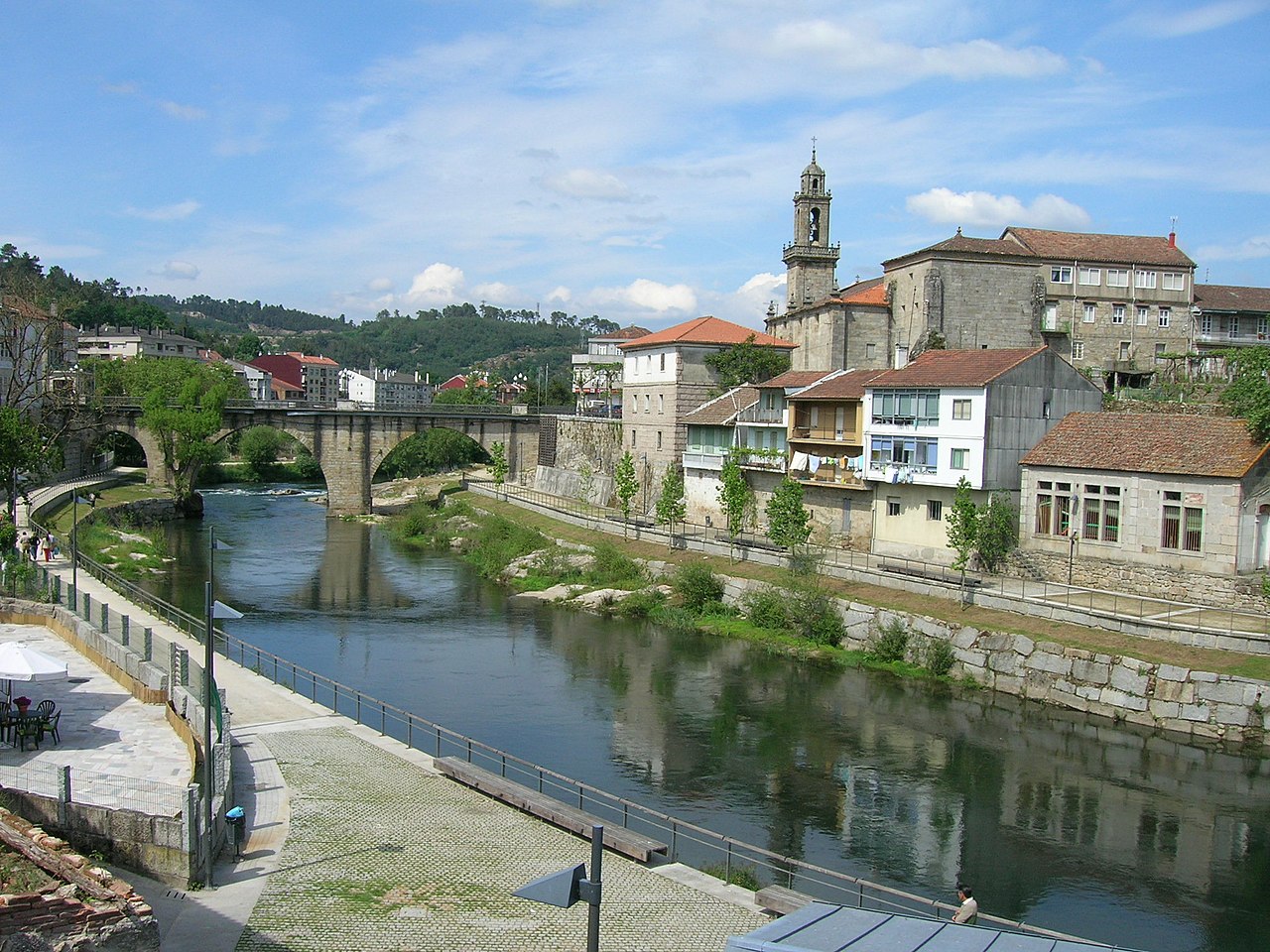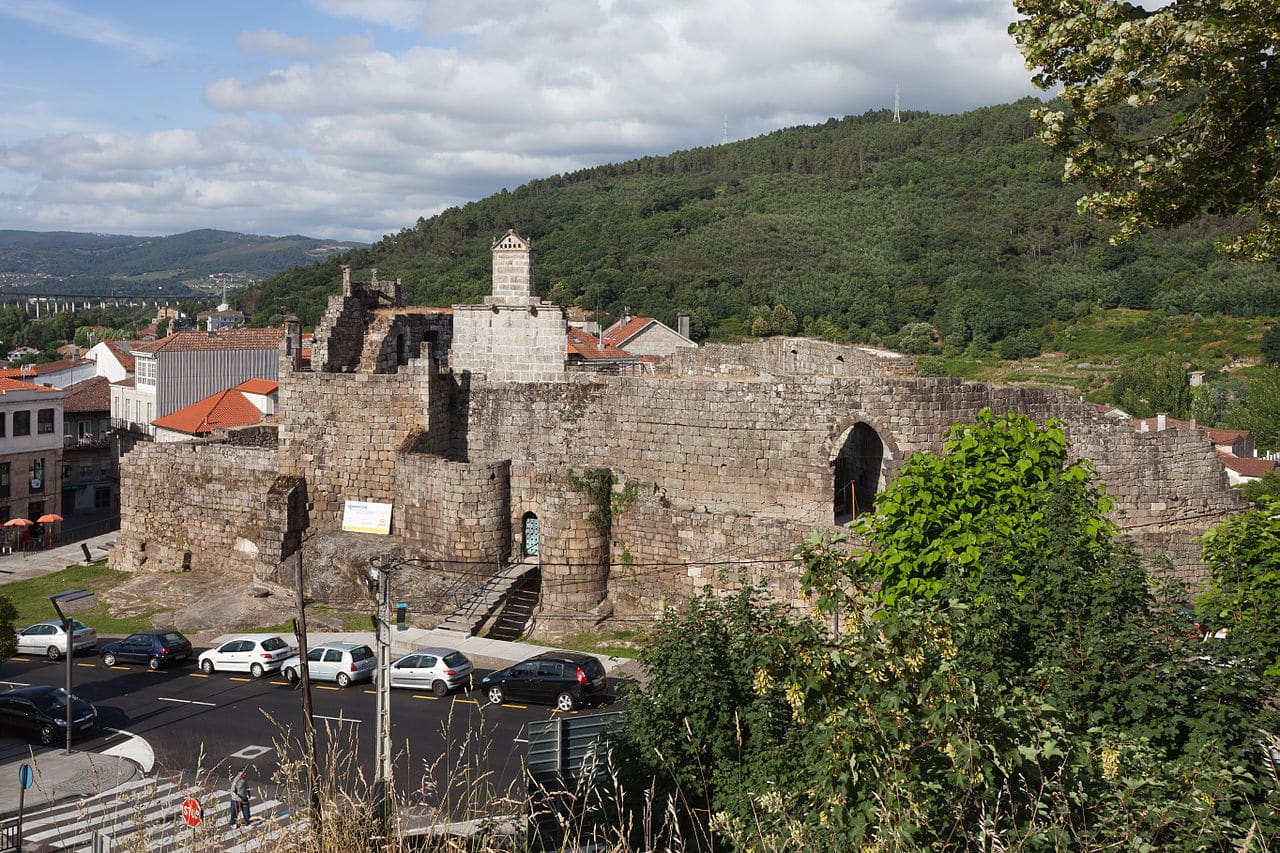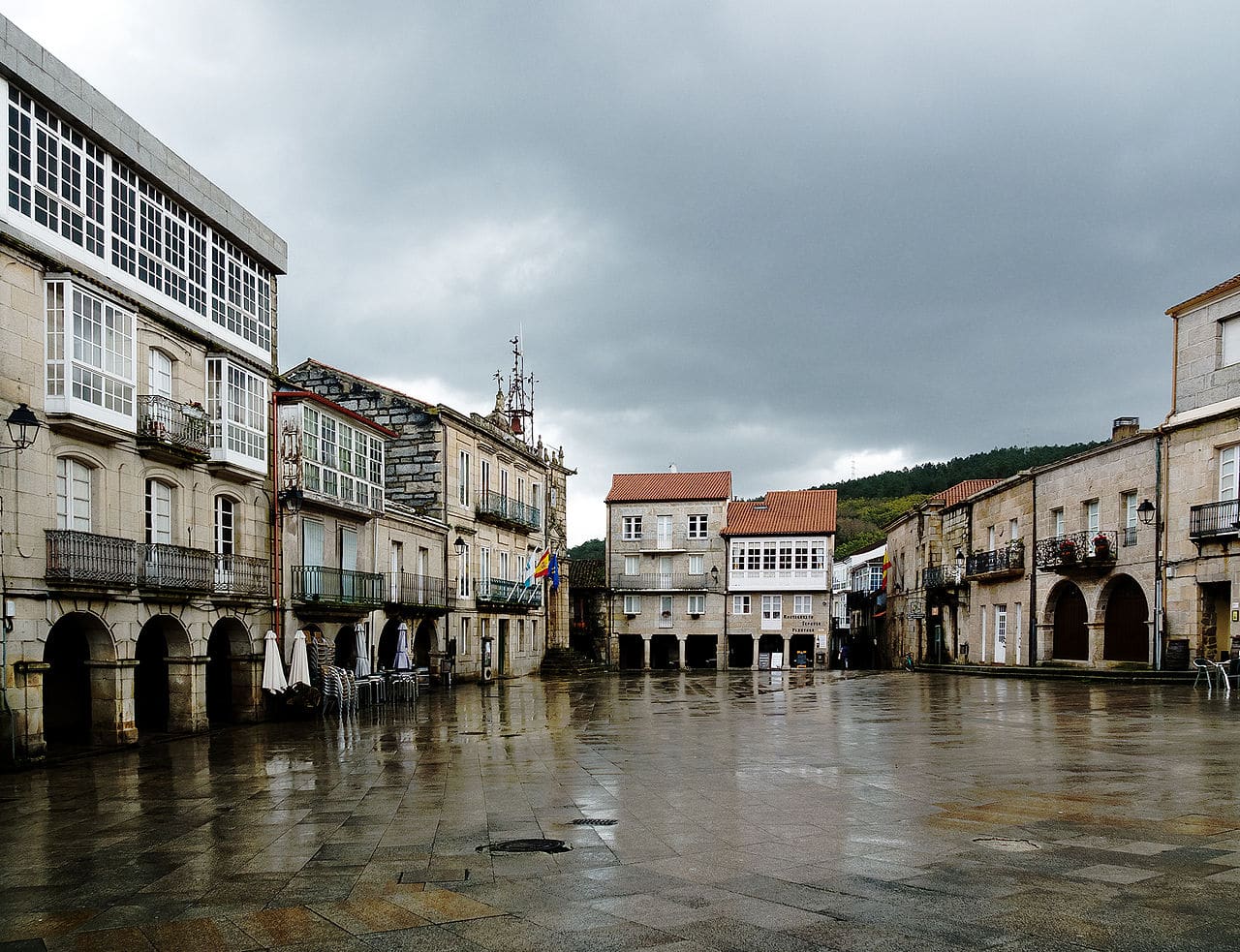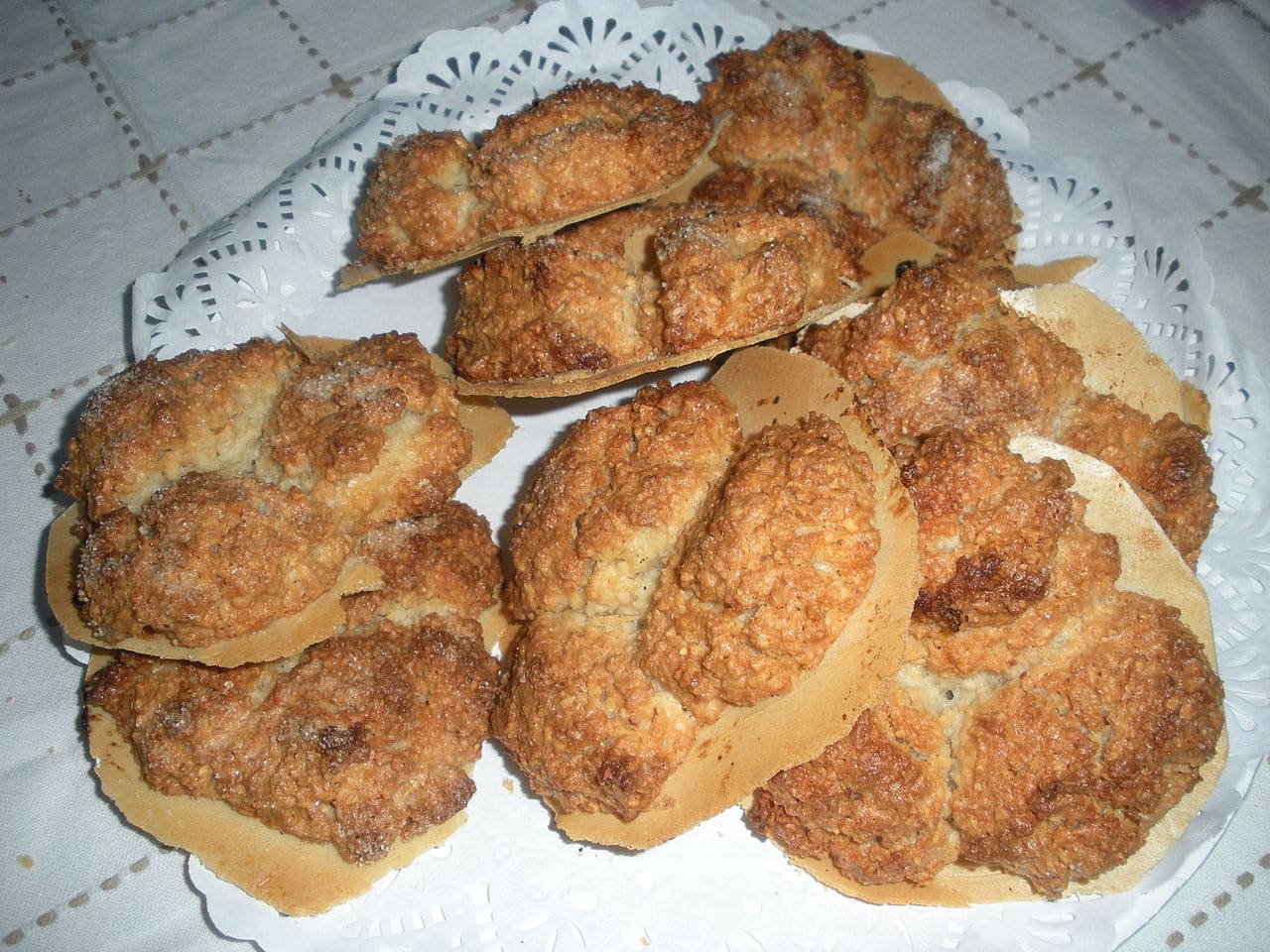
Ribadavia is an Orense village located between hills full of fertile vineyards. Not for nothing is the capital of the Ribeiro region, cradle of that popular wine. Bathed by Avia river, tributary of My no which also passes through its municipal area, was in its time one of the most prosperous economic centers of Galicia.
From that time it conserves a rich monumental heritage in which it stands out its jewish, dating from the XNUMXth century. The Jews were so important in Ribadavia that the History party, during which a Hebrew wedding is recreated, among other medieval-era events. If you want to know the beautiful Orense village, declared Historic Artistic Set in 1947, we invite you to follow us.
What to see in Ribadavia
The first settlers in the Ribadavia area were the Celts, which were followed by Romans and Arabs. But the main monuments of the town date from the Middle Ages and of later dates. Let's get to know them.
The Jewish quarter or Jewish quarter
Constituted by a network of narrow and cobbled streets within the historic center, it forms a unique complex in Galicia. To visit it, it is best that you go first to the Galicia Jewish Information Center, which is in the Pazo of the Counts of Ribadavía, a beautiful XNUMXth century building located in the Plaza Mayor.
Related to the Hebrews, you can also visit the House of the Inquisition, on Jerusalem Street, a beautiful palace with a magnificent Renaissance courtyard inside.

Ribadavia Castle
Ribadavia Castle
It is the main symbol of the town. Although its origin dates back to the XNUMXth century, its construction was completed in the XNUMXth. Currently, you can only see its wall and its towers, as it was abandoned in the seventeenth century when the County Manor, which today is the headquarters of the tourist office. On the entrance of the castle you can appreciate the shields of the Sarmiento and the Fajardo family, illustrious surnames in the history of the town.
Santo Domingo church and convent complex
Ribadavia has beautiful churches such as that of San Juan, built by the Knights of the Military and Hospitaller Order of Saint John of Jerusalem in the XNUMXth century; that of Santiago, with precious baroque carvings inside, or that of Santa María Magdalena, built in the XNUMXth century according to the canons of neoclassicism.
But above all the set that form the church and the convent of Santo Domingo. It is an extraordinary sample of the Galician mendicant Gothic and was declared National Monument in 1931.
Chapel of the Virgin of the Portal
This beautiful temple has a magnificent baroque altarpiece and a spectacular barrel vault with a coffered ceiling. As for its facade, you will quickly recognize that it is neoclassical since it was completed in the XNUMXth century. As its name suggests, it is dedicated to the Virgin of the Portal, patron saint of Ribadavia.

Chapel of San Xes de Francelos
Chapel of San Xes de Francelos
It is a chapel pre-romanesque which was part of an old Visigoth monastery that has now disappeared. You will find her in the village of Saint Mary Magdalene de Francelos, about two kilometers from Ribadavia, and is one of the few pre-Romanesque samples that are preserved throughout Galicia.
The huts of the Sierra de Suido
If you like hiking, you can practice it in Ribadavia along the paths of the Sierra del Suido. And, incidentally, visit their huts. They are robust stone huts with wide roofs built in the Middle Ages by shepherds who raised their cattle to the mountain.
Pazos of Ribadavia
A town with so much history had to have numerous stately homes, in Galicia called pazos. Among those of Ribadavia, those already mentioned of the Counts of Ribadavia and the Inquisition stand out, but also the pazos de Fifth y Quintans. On the other hand, attached to the building of the Town hall, built in the XNUMXth century, you can see the beautiful Clock Tower.
Ethnographic Museum
It is also located in a beautiful pazo: the house-palace of the Marquis of Baamonde. In it you will be able to see a rich documentary collection that includes recordings, texts and, above all, photographs that range from the XNUMXth century to the present day.

Ribadavia Main Square
What to eat in the Galician town
Visiting Galicia and not trying its delicious cuisine is almost a sin. And Ribadavia does not disappoint in this regard. The first thing you should know is that there is a must-see in the town. It's about the Doña Herminia Bakery, a place where you will find the best traditional sweets of Hebrew origin such as ma'amul, a cream made with dates and rose water, or the kamisch-broit, which has walnuts or almonds.
But first, you can taste the best fish and meat. Among the former, the sea bream or octopus, both prepared in different ways. And, regarding the latter, the beef and pork dishes.
Other typical recipes that you will find in Ribadavia are the Lacon with turnip tops, Galician soup or the insane, a stew that has, precisely, pork. But more traditional in the area are the cornbread and peppers.
As for other sweets, in addition to those mentioned, you have the egg yolk donuts, gingerbread and nutty. To drink, you can not miss a glass of Brook typical of the area. And, if you want, after your meal you can try a coffee liquor or pomace artisanal

nutty
When is it better to go to Ribadavia
The natives of Ribadavia say that their town has a unique microclimate due to its location between mountains that protect it from the oceanic influence. In general, it is dry and warm, although in winter it rains more. This is also quite cold, while the summers are short and hot.
Therefore, the best time to visit the Galician town is the spring. Furthermore, the Ribeiro Fair it is usually in May. However, in August the History party, of which we have already told you and that you should also enjoy.
How to get to Ribadavia
The Galician town is communicated by ferrocarril with cities like Orense, León or Vigo. You can also travel in bus. But, if you want to use your own car, you are interested to know that the road that takes you to it is the Rías Bajas highway or A-52, which joins Benavente with Porriño and from which you must exit through the N-120.
In conclusion, Ribadavia is Historic Artistic Set and it also offers you wonderful natural spaces and a delicious gastronomy whose standard is the Ribeiro wine, which is made in its region. Don't you feel like visiting the beautiful town of Orense?